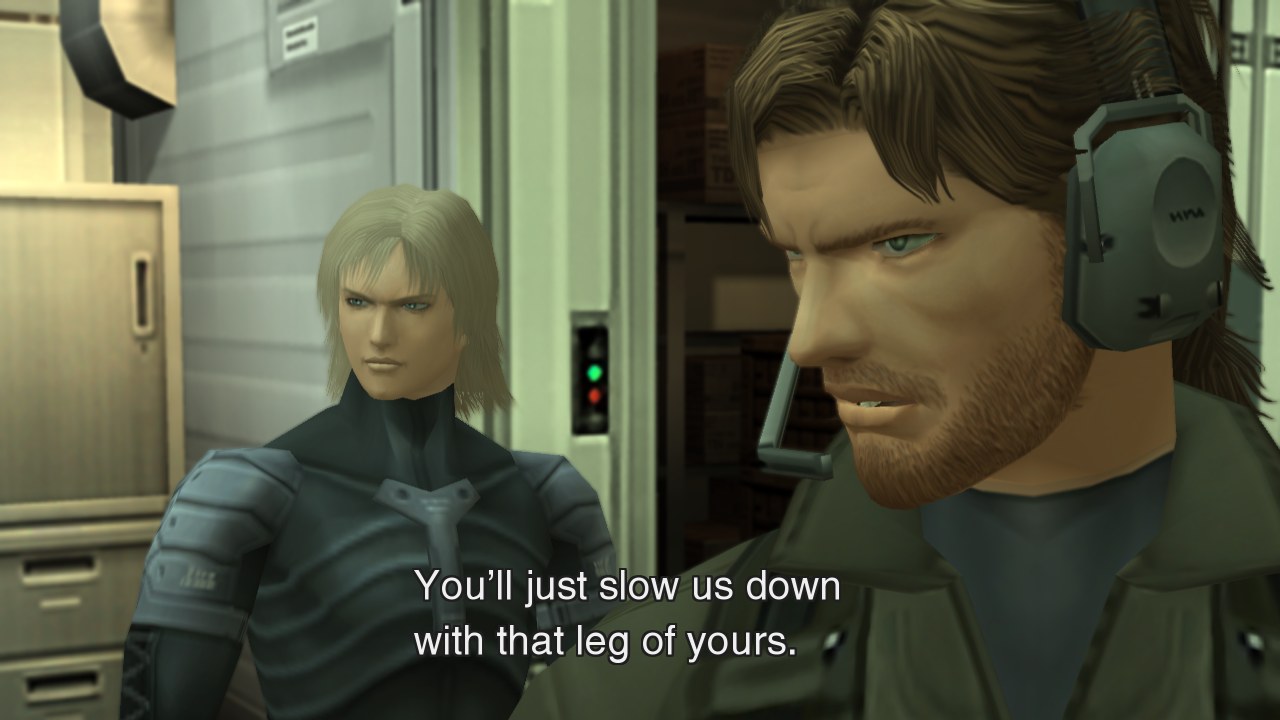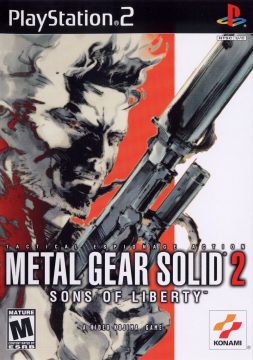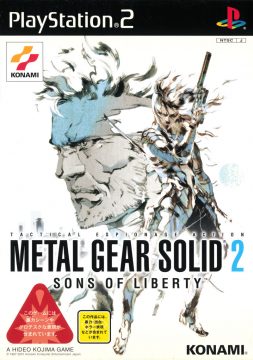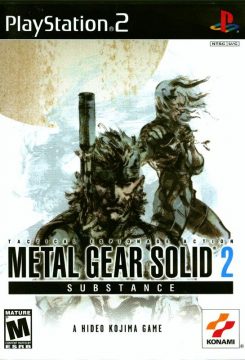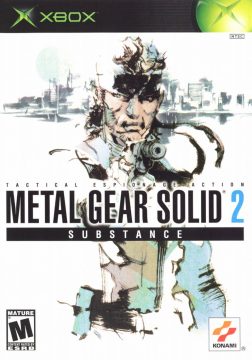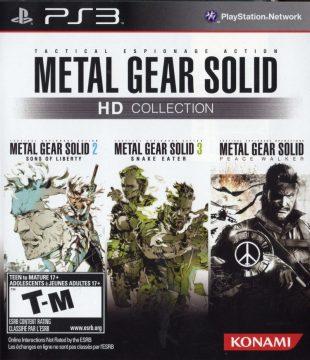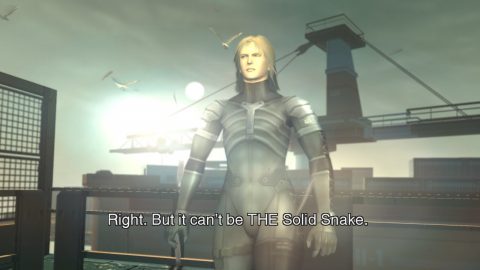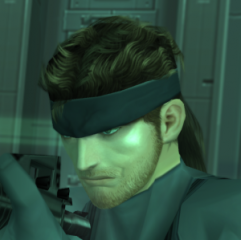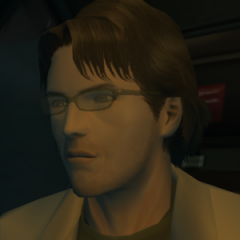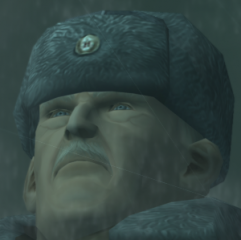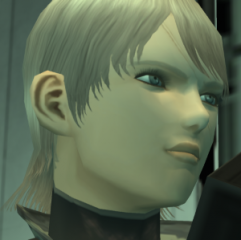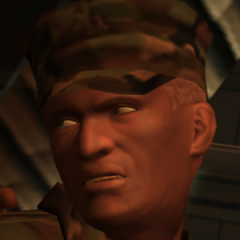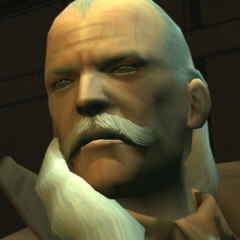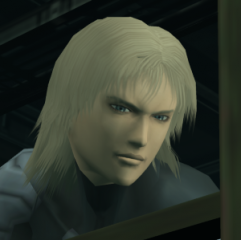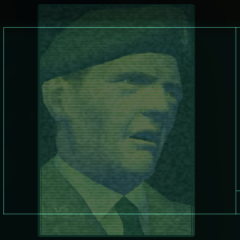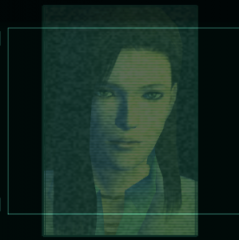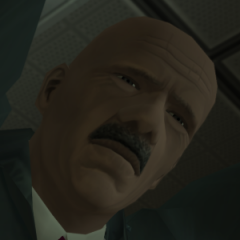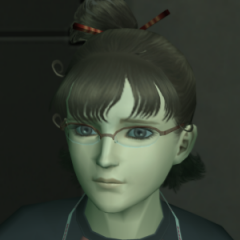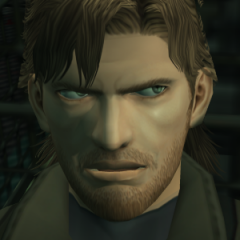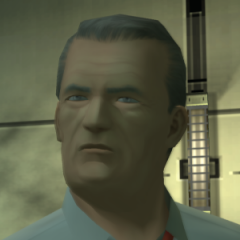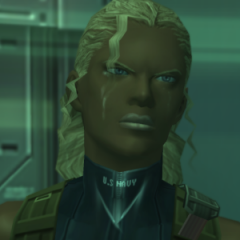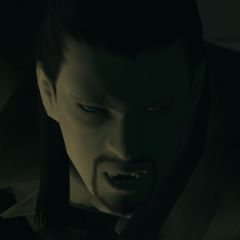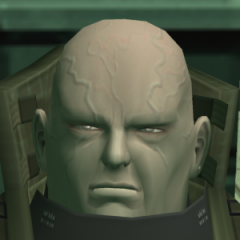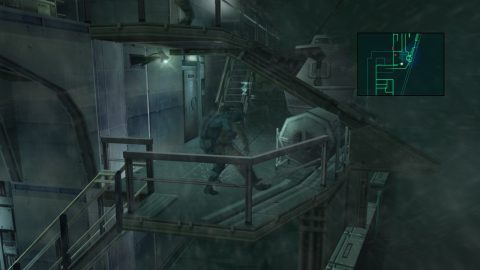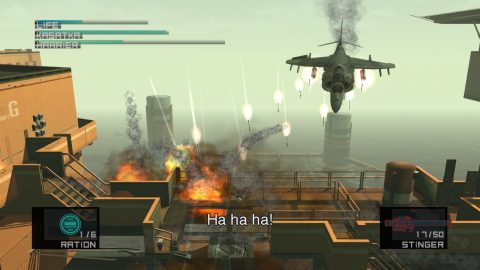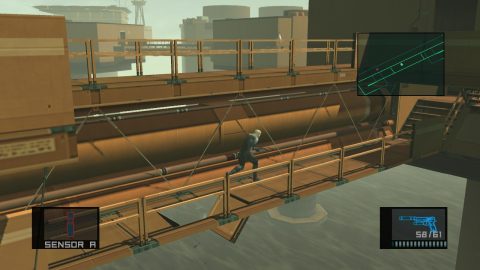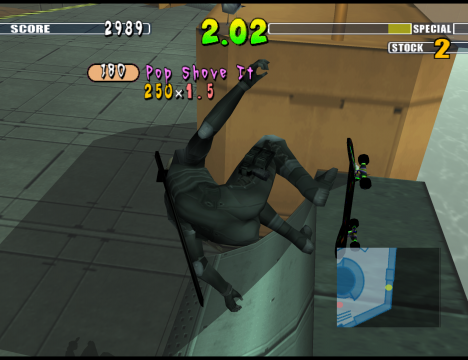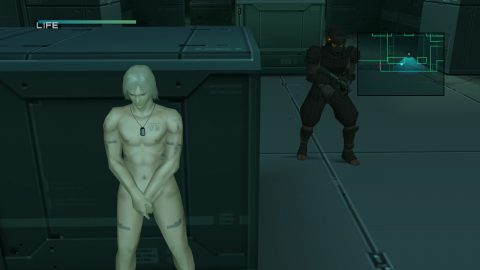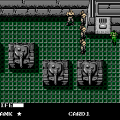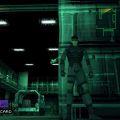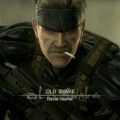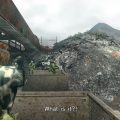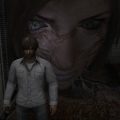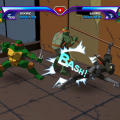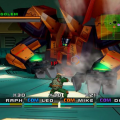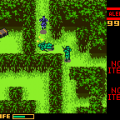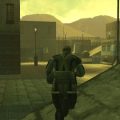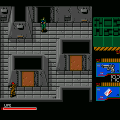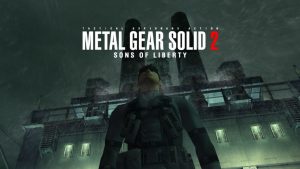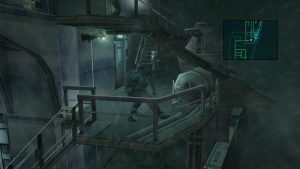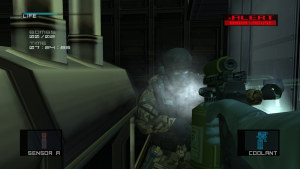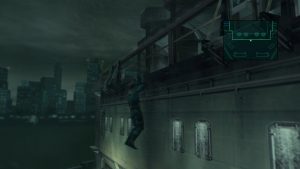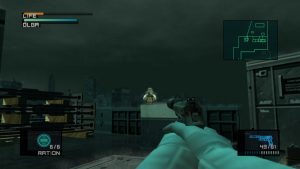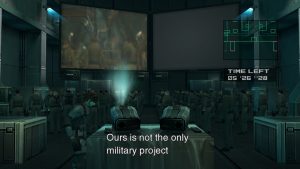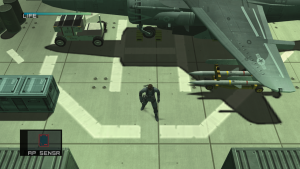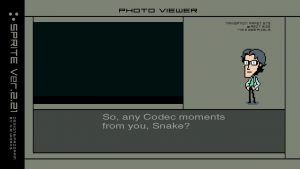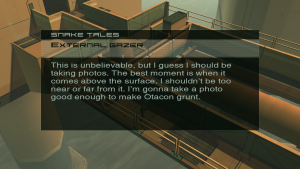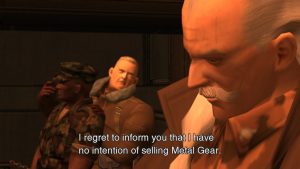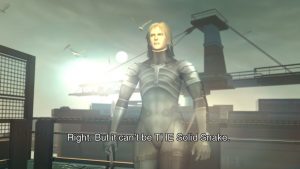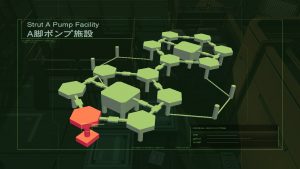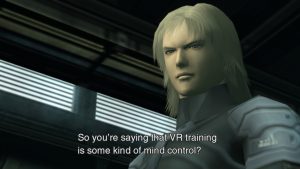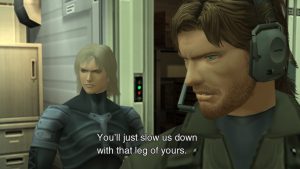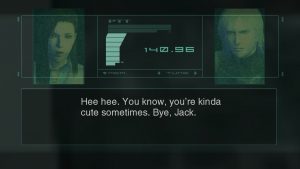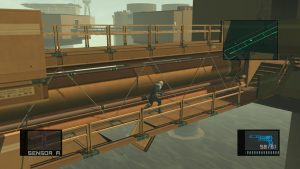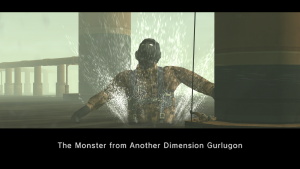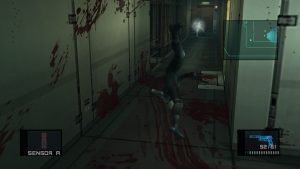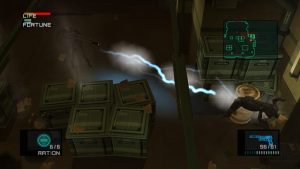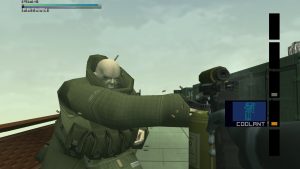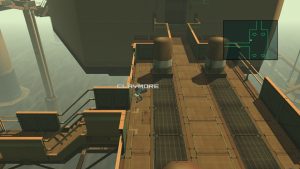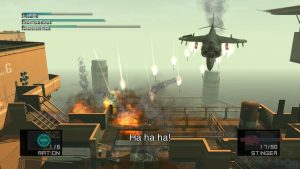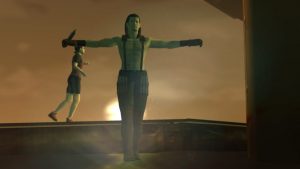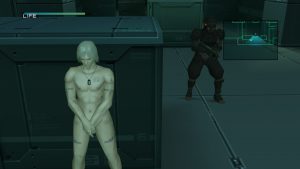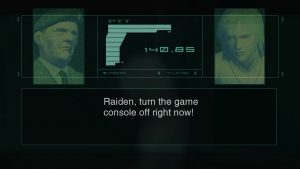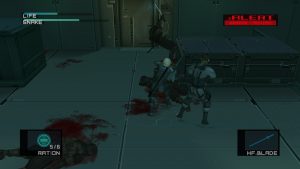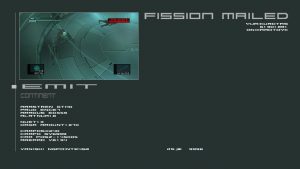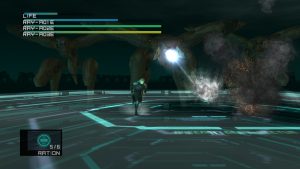- Metal Gear
- Snake’s Revenge
- Metal Gear 2: Solid Snake
- Metal Gear Solid
- Metal Gear Solid Integral Staff Commentary
- Metal Gear Solid (Game Boy Color)
- Metal Gear Solid 2: Sons of Liberty
- Document of Metal Gear Solid 2, The
- Metal Gear Solid: The Twin Snakes
- Metal Gear Solid 3: Snake Eater
- Metal Gear Solid 4: Guns of the Patriots
- Metal Gear Solid: Portable Ops
- Metal Gear Solid: Peace Walker
- Metal Gear Solid V: Ground Zeroes
- Metal Gear Solid V: The Phantom Pain
- Metal Gear Rising: Revengeance
- Metal Gear Touch
- Metal Gear Acid
- Metal Gear Acid 2
- Metal Gear Solid Mobile
How do you follow up on a bona fide success?
It is the eternal question of the creative person, and one that was facing Hideo Kojima and his team at Konami Computer Entertainment Japan after Metal Gear Solid in 1998. Their game blew up as a critical and financial darling on the PlayStation. People clamored for more. More Snake. More stealth. More weapons. More silliness. Endless creative possibilities lay ahead of the developers, as well as the potential pitfalls of a sophomore slump. It needed to be amazing, to show off the technical merits of Sony’s own PlayStation sequel. It needed to be huge and thrilling, to exceed the work they had already done. With so much riding on it and expectations set so high, what could they possibly do to meet them? How could Metal Gear Solid 2: Sons of Liberty even hope to rise to the occasion?
Naturally, by pulling one of the biggest bait and switch of all time and swerving into the deeply philosophical and utterly absurd.
The mischief was there from the outset. After the release of Metal Gear Solid, Kojima almost immediately wrote a design document for a sequel. The initial proposal included calling it Metal Gear Solid III to reflect the three tallest buildings in Manhattan at the time, and also to make people confused. Countries like North Korea and Iran were bandied about as potential settings. There was a swell of excitement at the prospects of the new hardware of the PlayStation 2. New hardware brought with it more power and potential, so the team could build an even more realistic world, expanding on what they had learned from the previous game. In the end, New York City became focus, with the scenario split up into Tanker and Plant, operating as prologue and main story respectively.
In 2007, a tanker trudging along New York City’s Hudson River holds a new Metal Gear model, dubbed RAY, and Solid Snake and Otacon, not being fans of it, aim to expose this new weapon to the world. However, during the infiltration, things go awry as Russian mercenaries take over the tanker, headed up by Colonel Gurlukovitch and Revolver Ocelot. Ocelot, as he is want to do, steals RAY for his own means, sinking the tanker into the river and causing a whole environmental mess that was pinned on Snake and Otacon.
Two years later, a terrorist organization calling themselves Dead Cell have taken over the Big Shell, the facility built to manage the environmental fallout from the tanker disaster, and taken the president hostage. A soldier with the code name of Snake once again is called to action, with Colonel Campbell as his commanding officer, and his girlfriend as support? In case it’s not obvious, Solid Snake isn’t the protagonist of Metal Gear Solid 2. A new character, Raiden, takes up that mantle during the Plant chapter of the game. A rookie working for the newly reformed FOXHOUND and trained in virtual reality, the white haired, fair skinned man was kept under wraps throughout the marketing campaign, with the developers going so far as to fake scenes of Snake later in the game for trailers. He was designed to stand in contrast with gruffer Snake, and meant to be more approachable to women. This proved to be a controversial decision, setting off flame wars across message boards at the time that still rage on to today. People wanted more Snake but were (mostly) denied. Stepping back from the drama, it’s still one of the more unique things that a big budget game has ever done. Naughty Dog’s Neil Druckmann cited Sons of Liberty specifically as inspiration for the studio’s own similar decision in The Last of Us Part 2.
Tanker Chapter
Solid Snake
You know him. You love him. You’ll only play as him on the tanker. He now works with Otacon to take down nuclear weapons the world over through their organization, Philanthropy. He’s still rocking that mullet.
Otacon
Snake’s best friend. After the Shadow Moses incident, he has devoted his life correcting the mistakes he made being involved with the creation of Metal Gear Rex. He crafted an entire OS with a pixel chibi version of himself as its mascot, so he’s still a giant nerd.
Colonel Gurlukovitch
The former colonel leads an infiltration of the USS Discovery with his own band of mercenaries, with the help of Revolver Ocelot, in order to steal Metal Gear & restore Russia to its former glory. He supported Liquid Snake’s insurrection in the first game
Olga Gurlukovitch
A tough woman and the daughter of Colonel Gurlukovitch, Olga participates in the attack on the tanker, taking on Solid Snake as the sole boss fight in the chapter. She is with child during the mission, leading to tension between her and her father.
Commandant Scott Dolph
The US marine in charge of the delivery of Metal Gear Ray to its field test, Dolph gives a speech to his officers about nuclear weapons and the existence of Metal Gear, framed in the context of his family.
Revolver Ocelot
Liquid Snake’s right hand man from the first game returns with a twist, Liquid Snake’s right hand. His missing hand is replaced with Liquid’s, causing the curious side effect of sometimes being possessed by his former boss.
Plant Chapter
Raiden
This young man joined the newly reformed FOXHOUND, being trained on a regime of VR. Stopping Dead Cell on the Big Shell is his first live mission. Jack is his real name.
The Colonel
The same stout man from the earlier games, the Colonel is the commanding officer during the operation on the Big Shell, pointing Raiden in the right direction and keeping him focused on the mission.
Rosemary
Raiden’s radio support and girlfriend, Rosemary fills much the same role as Mei Ling in the first game, saving his progress and offering advice. She consistently calls Raiden by his real name throughout the mission, despite being admonished otherwise.
Peter Stillman
NYC Cop and bomb expert with a tragic back story. He is up in age and gets around with a walking cane. He provides Raiden support during the hunt for Fatman’s explosives.
Emma Emmerich
A brilliant programmer and scientist, Emma designed the Big Shell facility. She has a fear of water stemming from almost drowning as a child. Otacon is her stepbrother.
Iroqouis Pliskin
Iroqious Plisken is one of the surviving US Navy Seals originally sent in to neutralize Dead Cell. He is absolutely not Solid Snake in disguise, at all. Why would you even think that?
President Johnson
The President of the United States happened to be touring the facility during the Dead Cell’s takeover, and is now a hostage. He has some backwards ideas about gender, as Raiden finds out.
Dead Cell
Fortune
This tough woman with a rail gun is impervious to bullets. Fortune is Scott Dolph’s daughter and she blames Solid Snake for the sinking of the tanker and the death of her father.
Vamp
A man enhanced by nanomachines with a penchant for human blood. He had a romantic relationship with Scott Dolph, Fortune’s father. His name come not from his blood drinking but because he’s bisexual.
Fatman
This rollerskating man with a wine glass in his hand has a love of bombs and himself. Stillman was his mentor and taught him everything he knew about explosives. He’s a little unhinged.
Solidus Snake
The leader of Dead Cell is a man in a bulked up metal suit with an eye patch. He previously served as the President of the United States, and also has missile shooting tentacles attached on his super suit, like all former US presidents receive after leaving office.
Metal Gear Solid embraced a memorable form of storytelling, mixing philosophical ruminations, controversial topics, & fourth wall breaking silliness together in a spy thriller narrative, but Sons of Liberty kicks it up to a higher gear. It goes to some uncomfortable places. The president molests Raiden because he thought the rookie was a woman. The topic of child soldiers is brought up, a theme that would return in later games. A character reveals a traumatic experience involving sexual abuse as a child. The absurdity ratchets up, too. Rosemary continually prods her boyfriend to remember what day tomorrow is in the middle of this tense military operation. Characters double-cross Raiden to an almost parodic level. At one point, the rookie is stripped naked and the game’s reality breaks down. Something something, turn the game console off, fission mailed, scissors, 61.
The game’s story might be an inelegant, boisterous mishmash but its themes are still prescient, even decades years later. The term “post-modern” gets thrown around about Metal Gear Solid 2, when other series had been reflexively examining the events of an earlier game before it. But it remains a daring choice to turn a game – a big budget spectacle of one, even – into a vehicle to explore personal notions of freedom, truth, democracy, and technology’s sway over human life. The game still speaks to the present – perhaps increasingly so – as disinformation & conspiracy theories wrecks havoc on fair elections & public health, corporations keep employing algorithms & blockchains like they don’t create more problems than they fix, and the general tenor of the internet & the world at large has grown increasingly fragmented in the intervening years.
While Raiden may be a neophyte tasked with a wacky, intense mission, he plays a lot like Solid Snake, thanks to his VR training. Both the legend and the rookie share the same move set, designed around infiltration and sneaking. Raiden can hug surfaces, tap on walls to distract guards, and shimmy & crawl. If health dips low enough, then he’ll start bleeding, leaving a trail that could alert enemies. Luckily, it can be stemmed by remaining still while crouching, eating rations or taking medicine. While the radar returns, it’s given a twist. Each new section of the Big Shell has a node, and activating it is required to have the radar display the map topography. More emphasis is put on gun play for the sequel. Stationary first person aiming, an evolution born out of the developers’ FPS mode in Metal Gear Solid Integral, enables players to make more precise shots.
The first person perspective is handy, as there’s more to see & do than before in Sons of Liberty. Both the tanker and the Big Shell are littered with things to interact with. Lockers can be used to hide both the protagonists and enemies. Objects like bottles & fruit shatter or splatter when hit with bullets. Ice melts on a bar counter when it’s shot out of a bucket. Fire extinguishers, when shot, fill the air and can reveal laser trip wires. Bird poop can make Raiden slip, not just a silly little detail but one that can also cause his death if he’s not careful. A demo, packaged with another Konami title, Zone of the Enders, wowed players with just the first half of the tanker section. Games are full of these kinds of interactions now, given they are just a plug-in or code snippet away in a modern game engine, but these details were, for lack of a better term, handcrafted.
The soldiers in Metal Gear Solid 2 get a level up as well. They still have limited cones of vision and are quick to forget once the alert has cooled down, but their AI was improved in other ways. After losing sight of the player, soldiers will sweep rooms in a coordinated fashion, making it harder to stay hidden in one place. They react to missed gun shots, investigating the trajectory. They can stumble on bodies, which don’t disappear after dying, putting all enemies on higher alert. All these enhancements mean that the player has more ways to engage with soldiers, or just mess with them for fun. The radios that soldiers use to report in can be disabled with a good shot, delaying back up. Raiden picks up a coolant spray for bomb disposal early on, but it can just as easily be used to wake up enemies, should the need arise. Soldiers can be held up at gun point & extorted for items and ammo. While there are lethal means of dispatching enemies, both characters start out equipped with a tranquilizer, encouraging non-lethal action.
In order to create all these interactions, Metal Gear Solid 2 took full advantage of the PS2 and its new technology. The mouthless characters bobbing their heads in the first game give way to advanced motion capture and more detailed models. Some of this hasn’t aged well, lipsyncing in particular, but compared to just three years earlier, the improvements were astonishing. The developers were so pleased with their work that they added an unlockable mode, Casting Theater, which allows players re-watch select cutscenes and swap models around, allowing an office lady to steal Metal Gear RAY if that’s your fancy. Codec scenes now render the characters with polygons instead of using Shinikawa’s art, and players can play around with the camera of the character portraits and play with the shoulder buttons to have the protagonist react positively or negatively to the conversation, just for fun
The game’s cinematic soundtrack was handled by Harry Gregson-Williams, with most of the gameplay tracks composed by Norihiko Hibino. In contrast to the choral sounds and atmospheric thump thump of Metal Gear Solid, this is a more symphonic, bombastic affair with orchestral compositions not far removed from a cinematic thriller. The Hollywood composer providing a sweeping remix of the main theme that amps up the intensity. The designers were able to integrate the dynamic music that Kojima wanted to have for the first game. Getting caught ramps up the music and heightens the tension in those moments, ramping back down seamlessly when there’s less at stake. Rika Muranaka returns to compose the end theme, “Can’t Say Goodbye To Yesterday,” a lingering jazzy tune performed by Carla White.
The game was released in November 2001 in North American territories, with a Japanese release following at the end of the month. Due to the September 11th terrorists attacks on New York City and Washington, DC, the game was given some last minute cuts. Scenes of the destruction of Manhattan and a news report about the displacement of the Statue of Liberty were excised, and dialog was altered, such as references to an EMP being used on the city (despite references to nukes being used remaining.) These changes had to be made so quickly that many remnants are still on the disc. European territories got a special DVD of behind the scenes footage packaged with release and an even harder difficulty level called ‘European Extreme,’ to make up for the game’s delay to March 2002.
Just like with the original, Metal Gear Solid 2 proved popular enough to get a renewed version with a new subtitle, Substance. Originally an Xbox exclusive in November 2002, it made its way to the PlayStation 2 and PC shortly there after in March 2003. A plethora of VR missions were added, but they are lacking in the inventive variety from the first game and become repetitive after awhile, with lots of repeated scenarios even on the silly levels. It feels like the variety was reserved for new playable scenarios called Snake Tales. These five scenarios provide playable alternate stories, such as Snake taking care of the Big Shell and others. While much simpler and shorter than the main game, being text based and lacking voice work, they are engaging in their own right as fun little vignettes, ranging from serious what-if stories to absurder fare, and each scenario even has multiple endings.
The PS2 version included a demo of Konami’s Evolution Skateboarding, featuring Solid Snake doing ollies on the Big Shell while a ska version of the “Metal Gear Solid Main Theme” play, something all other versions lack, making it objectively the best version of the game. Substance, in all versions, also made some further cuts. It pulled back on some of the graphic violence of the original release, lessening the blood spray in scenes of violence and erasing some of the gorier detail on corpses. The whole package – well, sans skateboarding Snake – was released on PS3, Xbox 360, and Vita, as part the Metal Gear Solid HD Collection, given a polished remaster from the folks at Bluepoint Games (and Armature Games for the Vita port.) The HD port was the basis for a 2017 release on the NVidia Shield, an Android microconsole from the graphics card manufacturer. Unfortunately, the HD Collection on all platforms was delisted in November 2021 due to the license for live action footage expiring, making the game trickier to get a hold of now.
Metal Gear Solid 2 is both an ideal sequel and a disruptive one. It captures everything great about the original, re-contextualizes it, and amplifies it. The game is very totally Metal Gear. It also frustrates and thwarts expectations, confounding fans and sparking outrage. The game gives players exactly what they wanted and exactly what they did not want, all at the same time. The first game was a popular, groundbreaking title, but the second game entered the cultural consciousness in a stronger way. It had sticking power. It cemented the people behind it as a force in the industry and it gave Konami another feather in the cap of their successful franchise. An arguably mightier game followed it, but there is a certain timelessness to Sons of Liberty. It remains a stunning achievement two decades later.
